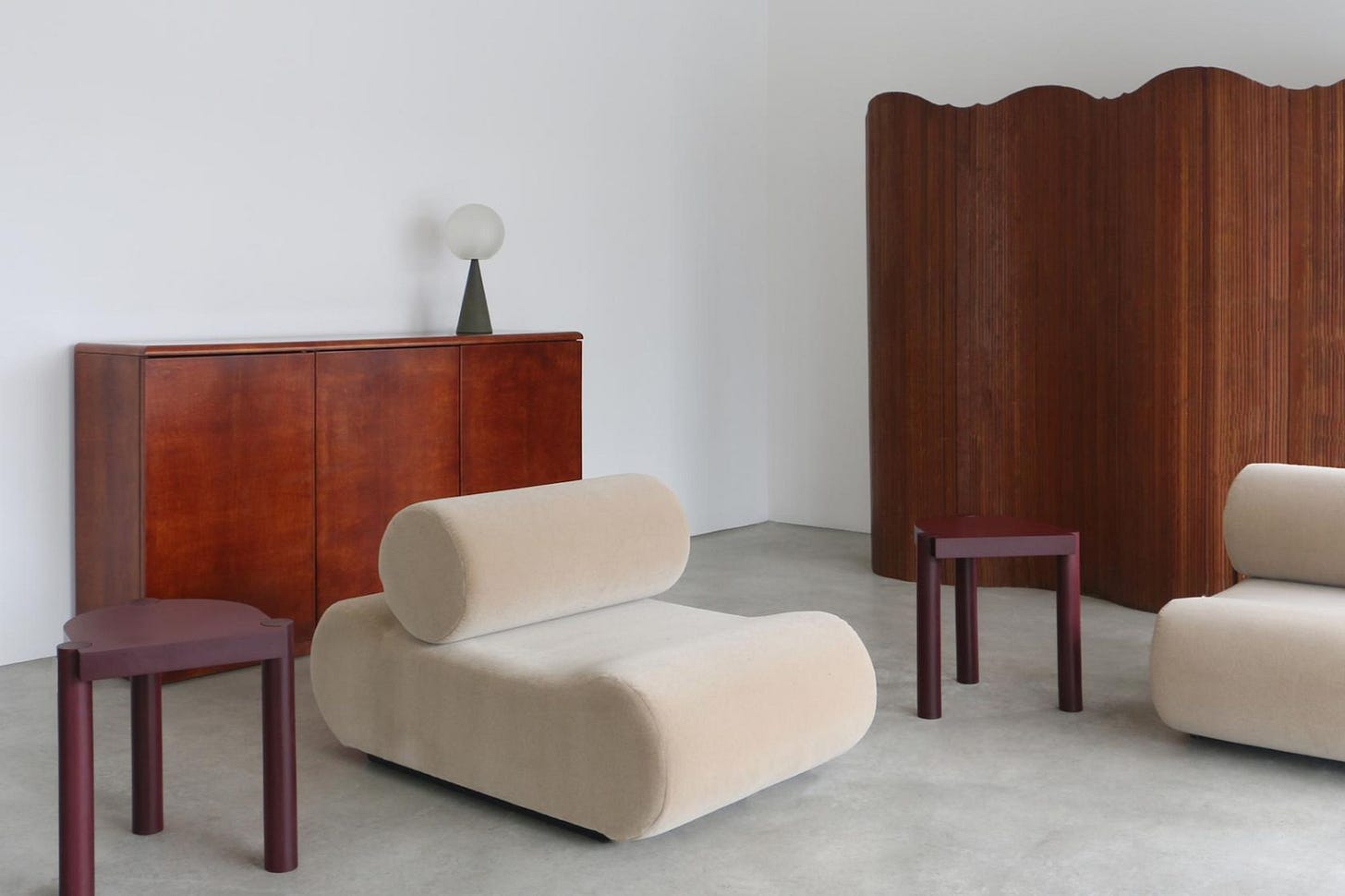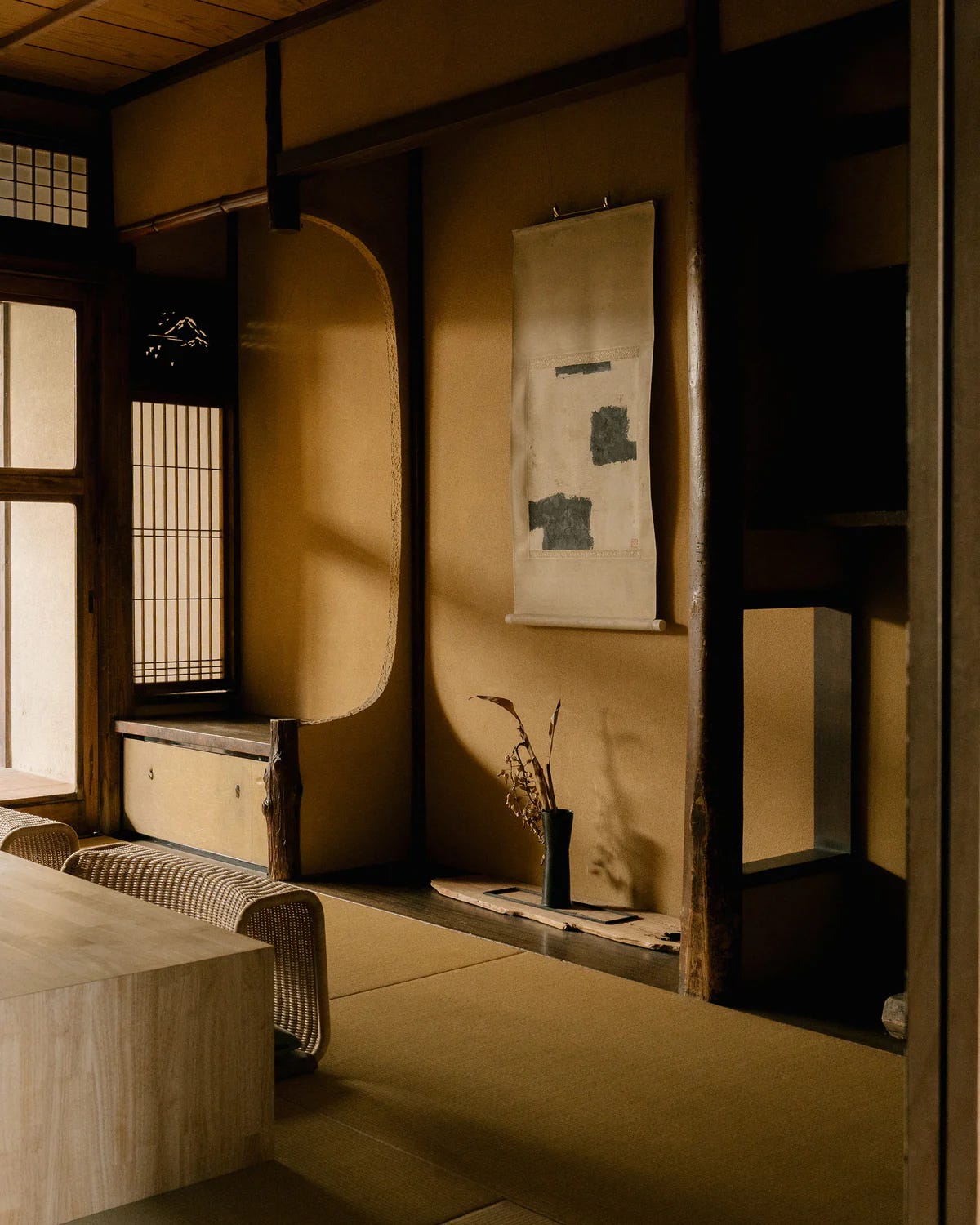ecology is simply the study of relationships between living organisms (includes humans) and their physical environment. so you can imagine that ‘design & ecology’ covers how people interact with the built environment. ‘design & ecology’ also nods to designers who are environmentally conscious, which is a trend in the era of global warming, increasing natural disasters, & post-industrialization.
the ecology of our lives
today I read about a stool made of recycled paper. it’s called PLOD, ‘a multifunctional stool that will work well not only for sitting, but also as a coffee table or a flower stand’. like this stool, if you were to create a multipurpose object, what would it be and why?
as I’m adopting a less is more approach to life and my design practice, I immediately see the cognitive and aesthetic benefits. in the room I’m sitting in right now there is a wooden table, a large carpet, some chairs, and a sofa. I don’t know how these objects were created or where their materials were sourced. the moment I remove a few objects, I have that much more capacity to understand what is around me, and my relationship with each object becomes more precious and personal.
despite the maximal culture in which I was raised, I find myself leaning more towards minimalism as a philosophy and environmentally conscious lifestyle. in this beautiful excerpt about homes in Kyoto from Danish design brand Frama, I loved how they described the design of the home. the home is a space that ‘welcomes slowness, and allows nature and domesticity to coexist… walking into a Maana Home’s interior feels as though the volume on the world's stimuli is turned down to a manageable level.’
I want the product I am currently designing to be designed like this. To quote the co-founder of Maana Homes, ‘the truest luxury is the ability to slow down, nurture our souls, and cultivate meaningful connections.’
can minimalism or modernist architecture be non-European?
it’s important to see how modernism and minimalism are interpreted across cultures, lest we mistakenly assume that ‘the finer things in life’ or ‘the environmentally conscious’ must be European, which is inaccurate and reinforces a colonial worldview.
that’s why I breezed through this piece on Moroccan minimalism and looked at the Noda House, a private residence designed by Ren Suzuki, the last Japanese architect who worked at Le Corbusier's studio.
why does design and architecture feel classist?
this is a question I ask myself often, especially as my taste and sensibilities evolve. design is rank with the smell of class and elitism. well-made objects or fine dining are called ‘elevated’. the classical arts or fine arts are notably distinguished from street art. can I love both? must the beautiful and handcrafted be for the few? what might it look like to design gorgeous products that are affordable and accessible to all or will cost of manufacturing create an unavoidable barrier to entry? I’ll be exploring this question in my next newsletter. until then, stay curious my friends!




